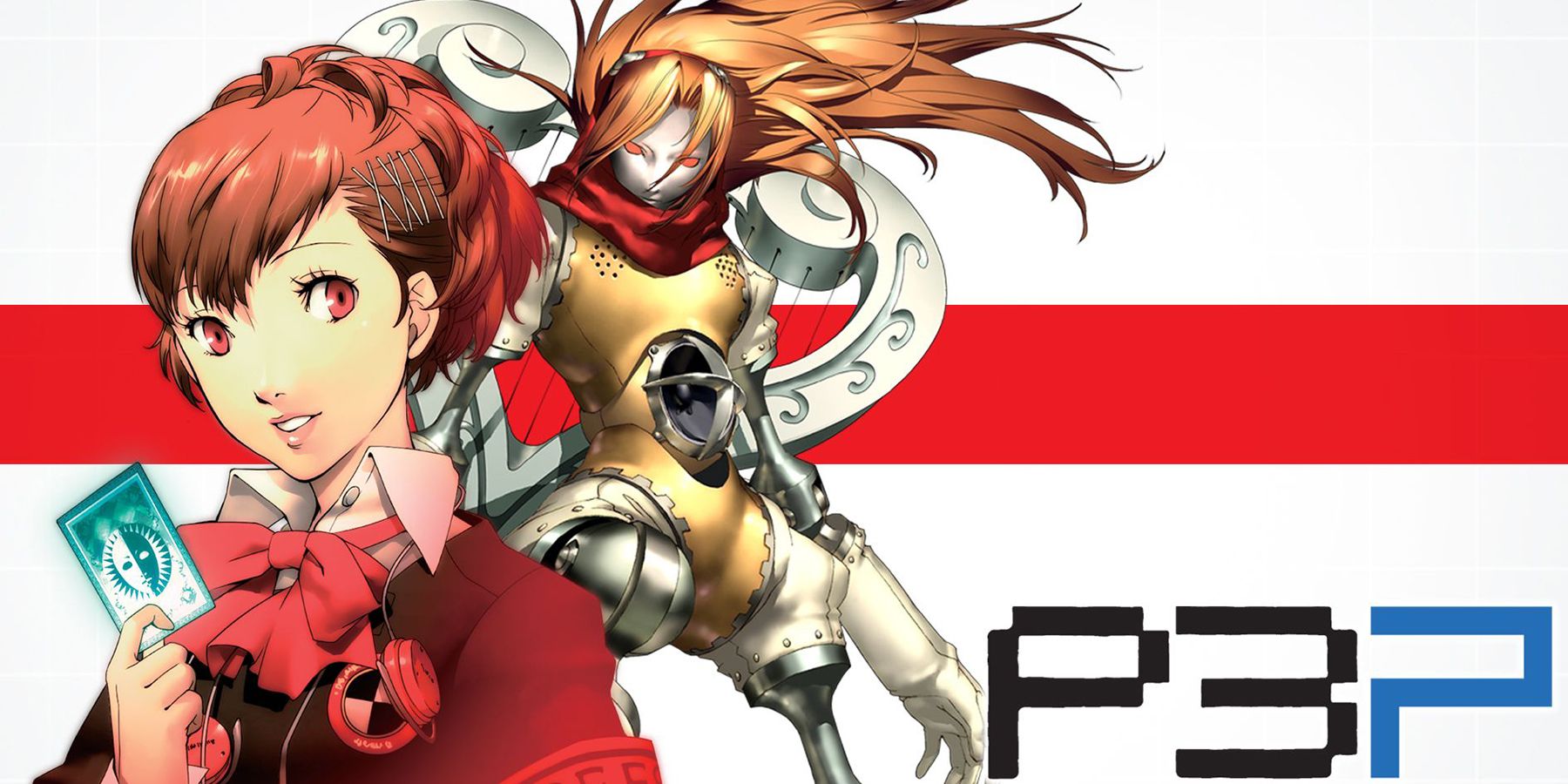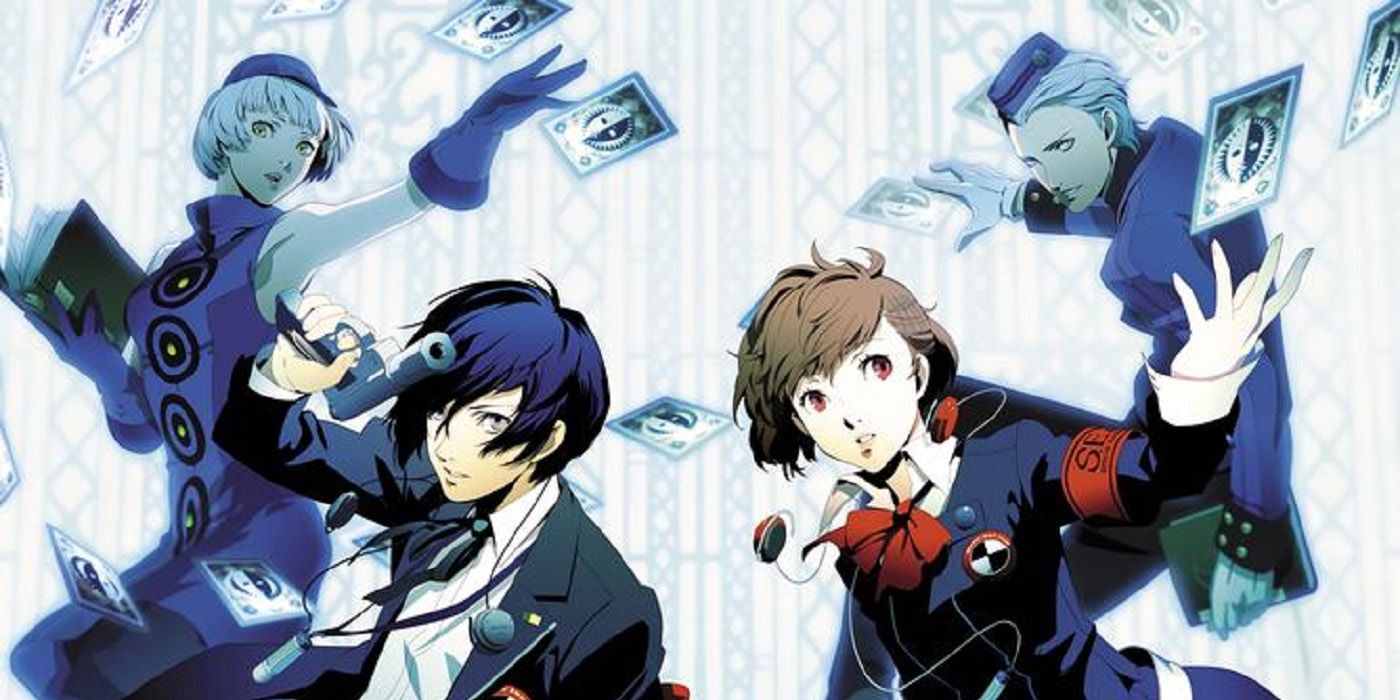Persona 3 Portable, or P3P for short, is a remake of the original Persona 3 game, which included improvements to its combat system, as well as the addition of a female protagonist. Minako Arisato, as she’s commonly referred to by Western fans, introduced new events, dialogue options, and even new Social Links with different characters.
Following Persona 2: Eternal Punishment and Persona 3 Portable, Atlus has yet to introduce another playable female protagonist to its main series. A number of fans believe this to be a missed opportunity, especially since P3P shows how a female protagonist option could be a worthwhile addition to the Persona series.
How Minako Changed Persona 3
In the original Persona 3 title, players took on the role of Minato Arisato — the deadpan male protagonist with a penchant for sarcasm. Playing as Minato, the player would meet the game’s cast of characters and be given the option to improve their relationship through the Social Link system. If the player chooses, they can even pursue a romance route with one (or all) of the female characters.
In Persona 3 Portable, however, the Social Links change when the player chooses to start the game as Minako — the bubbly female protagonist who stands in stark contrast to Minato. This opens a new set of Social Links to pursue, including one with Koromaru, as well as new characters, like Saori Hasegawa and Rio Iwasaki. Though, most notably, P3P opens the possibility to forge a Social Link with Ryoji Mochizuki, who is later revealed to be the Appriser of Death. Of course, Minako can also choose to pursue a romance route with one (or all) of the male characters.
What makes Minako’s narrative worth playing is that the writers didn’t just copy and paste the dialogue from Minato’s Social Links. Rather, her storyline features new interactions. This gives the game more depth and replayability, especially when the narrative additions are done right.
Take Ryoji Mochizuki’s Social Link as an example. In Minato’s narrative, the player doesn’t get to interact with the strange transfer student until Aigis reveals his identity. After which, Ryoji will explain his true nature and ask Minato to kill him in an attempt to save the main characters from the knowledge that the world is about to end.
In contrast, Minako’s route allows the player to max out a full Social Link with Ryoji. By spending time with Ryoji, the player will learn that he is strangely drawn to Minako, though he doesn’t understand why. This is because he vaguely remembers her from when he was still Pharos. At one point, Ryoji also reveals how he feels about death, stating that it’s simply something people must accept. Later, he seems to grow more empathetic as he wants to save the main characters from the knowledge of their death.
Overall, Ryoji’s Social Link reveals more about his character, making his request that the protagonist kill him more impactful — even bittersweet. Of course, this is only one instance of how the narrative changes between Minato and Minako. However, it shows how the switch provides new perspectives and allows fans to see beloved characters in a new light.
It’s important to note that including both a male and female protagonist means more work for the developers, especially if Atlus intends to incorporate the same style of narrative changes in both storylines. This is why the option wasn’t implemented in Persona 5. Be that as it may, fans of the franchise are still hoping to see the feature implemented in a future Persona game. As shown in P3P, it can add a new, unique layer of content to an otherwise complete game.
Persona 3 Portable was originally released in 2006 and is available on PSP and PS Vita.


